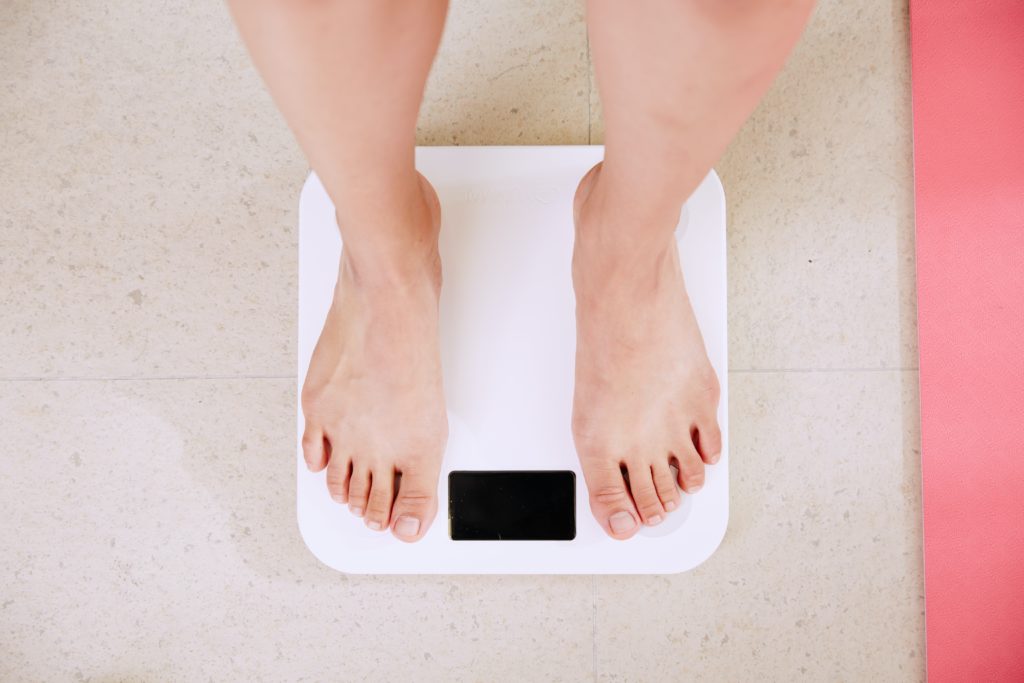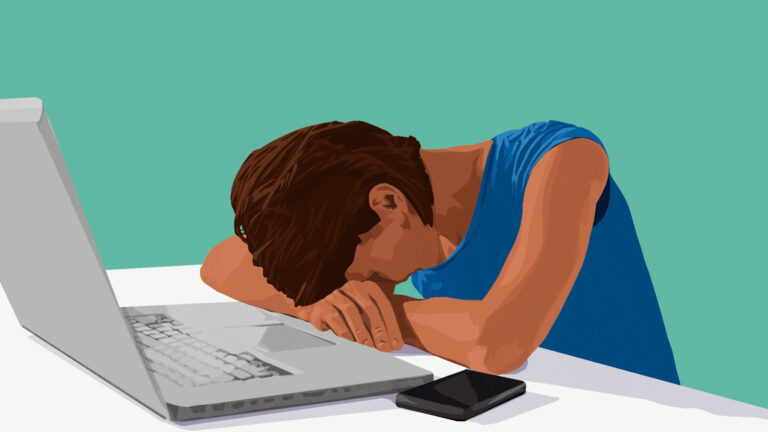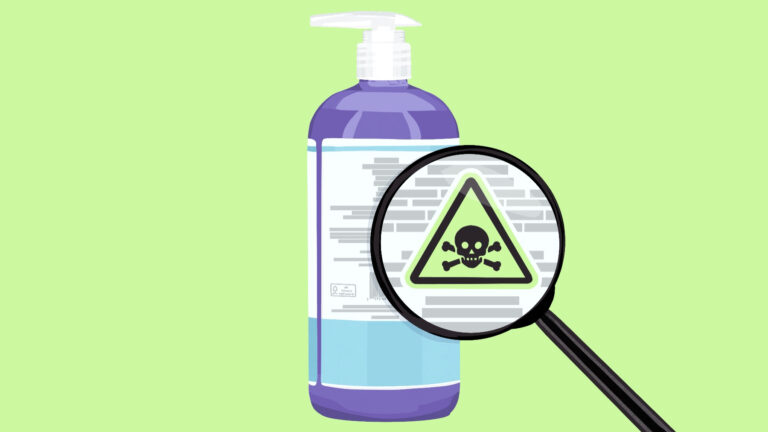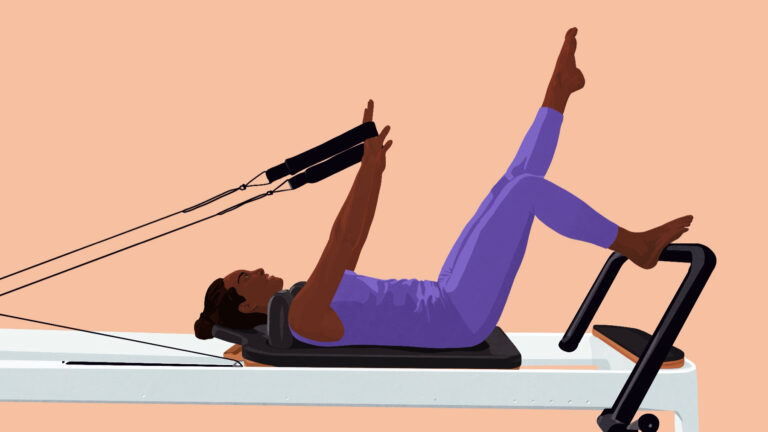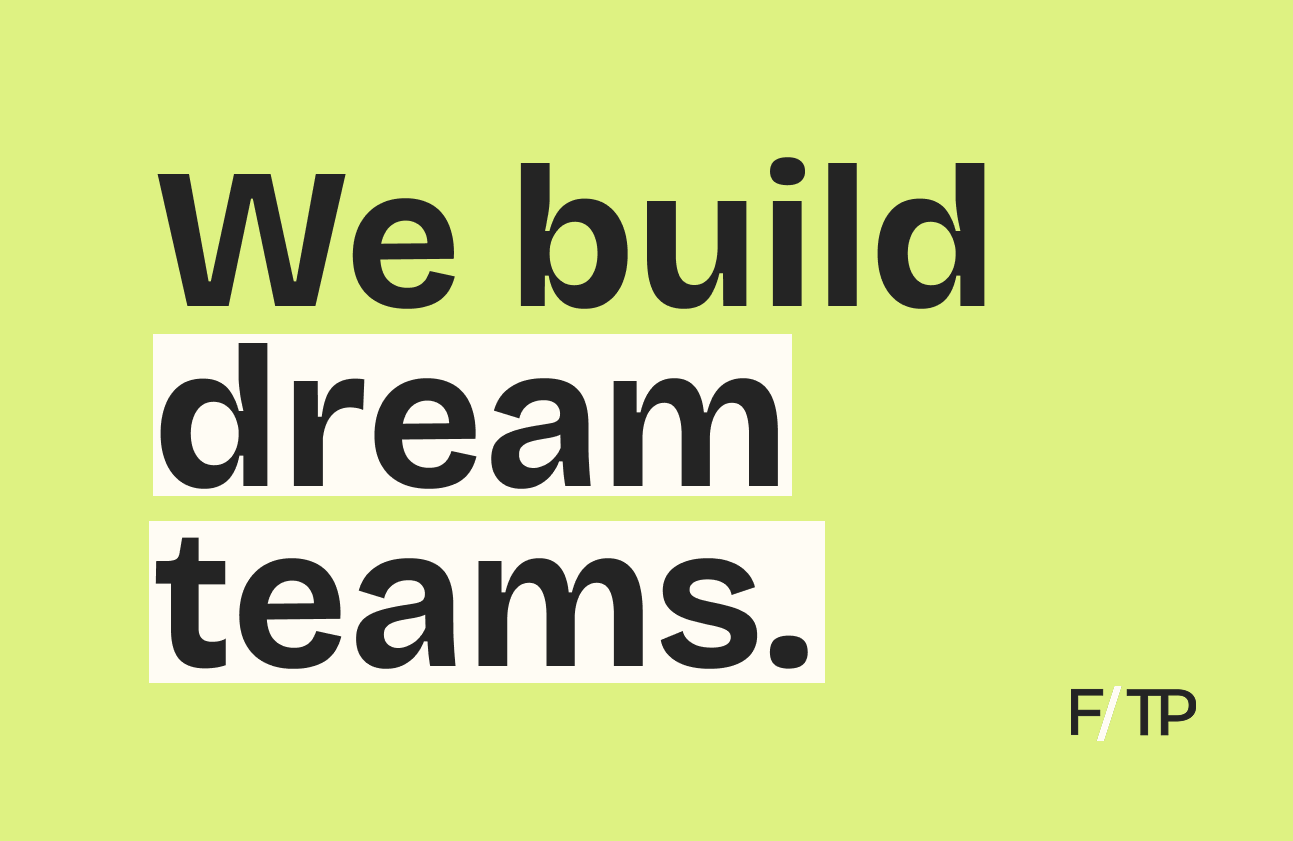Between ClassPass, Peloton, Planet Fitness, and countless on-demand options, the fitness industry is booming — but Americans are more likely to be obese today than ever before.
Fitness spending
- The US fitness industry is the most lucrative in the world, bringing in $32.3B in 2019.
- From fitness classes and footwear to tech, Americans spent $265B on physical activity in 2018.
Obesity rates
- Presently, 39% (more than 93M Americans) are obese.
- By 2030, researchers expect the number will climb to ~50%.
The problem: Spending doesn’t translate to sweating — the US ranks 143rd globally when it comes to engaging in physical activity. And even if it did, exercise alone won’t eliminate obesity.
The big picture: From fitness to food and healthcare to wellness, complexity has replaced common sense. By failing to address the underlying causes of obesity, and with incentives misaligned across the board, we seem to be moving further away from a solution.
The Great Fitness Scam
Writing for Outside Magazine, Brad Stulberg points out the growing complexity at the heart of the health and fitness industry: “One reason people make things complex is so they can sell them.” Instead of looking to intricate solutions, like AI-powered tech or expensive equipment, Stulberg advocates for simplicity: “Move your body often, sometimes hard, every bit counts.”
The Western Diet
Health gurus make nutrition seem impossibly complex, slyly selling us their solution. Similarly, Big Food is complicit in the rouse. Having identified the bliss point, they engineer food to be intentionally addictive. In this case, the overly-simplified, unsexy solution to an industrialized food system comes from Michael Pollan’s: “Eat food, not too much, mostly plants.”
The Wellness Industrial Complex
As we’ve covered at great length, wellness is a mesmerizing combination of medicine, magic, and marketing. While the pursuit of well-being sounds promising, a lot of what passes for wellness amounts to expensive, celebrity-backed pseudoscience. In reality, the more you have to pay for wellness, the less likely it is to make you well.
Sick Care
Like fitness, the US spends more on healthcare than any other nation — expenditures have surpassed $3.6T or 17% of GDP. Here, again, spending is not positively correlated with outcomes. From chronic disease to infant mortality and life expectancy to drug-related deaths, the US ranks towards the bottom when measuring actual health.
And that’s to say nothing of key contributors to obesity like lack of sleep, burnout and stress, or mental health.
What Works vs. What Sells
From biohacking and longevity science to wearables and smartphone apps, complicated and expensive solutions overshadow the importance of living a healthy lifestyle. The American consumer is encouraged to overthink it, but it’s fairly straightforward.
- Adopting healthy lifestyle behaviors, like regular exercise, eating a wholesome diet, and not smoking can increase lifespan by 11 years.
- Maintaining a healthy lifestyle has also been shown to reduce the chance of all-cause mortality by 61%.
Going deeper: As the Global Wellness Institute (GWI) points out, the discrepancy between spending and outcomes in the US represents a sharp divide between the “haves and the have-nots.” According to GWI Chair and CEO Susie Ellis, brands like Peloton, SoulCycle, and CrossFit are selling “more ‘product’ to the same individuals and not introducing more people to fitness.”
A GWI report goes on to say that the US is actually discouraging participation in physical activity by failing to provide adequate sidewalks, bike lanes, youth sports programs, and inclusive exercise culture. As a result, in the US, fitness has become a privilege, not a right.
Reality Check
To be clear, personal responsibility is part of the equation. And individuals must prioritize their health. But what does it say about the broader industry that the majority of people find it more difficult than not to make healthy choices?
Putting the consumer aside, then, should fitness and wellness companies be expected to deliver on the promise of better health and well-being, or are we only accountable to a PnL and shareholder interests?
While it’s easy to get lost in the echo chamber of fitness unicorns, celebrity wellness empires, high-end amenities, and high-tech solutions, maybe it’s time we champion simplicity, affordability, increasing access, and sustainable, long-term behavior change. Worst case, maybe these two paths intersect.
🤔 What’s Foodscaping?
In a nod to keeping things simple, Google recently shared its secret to steering employees toward healthier food choices.
Food-choice architecture, as its known, involves altering the environment to shift behavior. In Google’s case, the tech giant makes sure healthy options are abundant, while unhealthy eats are more difficult to come by. More than changing the food itself, how it’s presented plays a key factor.
- Plates on the buffet line are only eight- to 10-inch wide, not a standard 12-inch.
- Vegetables always come first in the buffet line, before meat or desserts.
- Candy and soda are placed in drawers or behind frosted glass while fresh fruit is front and center.
Foodscaping—following an “out of sight and out of mind” premise—involves limiting portion sizes and redesigning dining areas to lead “users” to healthier choices. While results are limited, they’re impressive nonetheless:
- Seafood consumption jumped 85% between 2017 and 2018.
- The company serves 2,300 breakfast salads every day, up from zero two years ago.
- Moving snacks further away from the coffee machine reduced the likelihood of snacking by 23% for men and 17% for women.
Zooming out: Google’s food program could be a new model for corporate wellness. Instead of focusing on specific interventions aimed at reducing employers’ healthcare costs, taking a holistic, cultural approach could be the key to long-term behavior change.
💵 Money on the Mind
Meditation company Headspace raised $93M in new funding — $53M in equity and $40M in debt. A protagonist in our lead story, Headspace has raised nearly $170M to date.
Medicinal meditation. Unlike its chief competitor, Calm, who aspires to be the “Nike of the mind”, Headspace sees an opportunity to integrate mindfulness into healthcare. As such, a portion of its new funding round will go toward Headspace Health, a new product focused on mental health tools for patients with chronic diseases.
- Meditation app-makers face questions about their effectiveness, and Headspace has yet to receive a co-sign from the medical community.
- Claiming to be “the most science-backed digital mindfulness product in the market,” Headspace says its conducting 70 clinical research studies with institutions such as Carnegie Mellon University and Stanford University.
Growing forward: With 62M downloads in 190 countries and more than 2M paid subscribers, Headspace sees room to grow going forward. According to Headspace CEO Rich Pierson, the company’s consumer business is profitable, and its enterprise business, Headspace for Work, has seen revenue double in each of the past two years. Now, in addition to its healthcare pursuits, Headspace is doubling down on corporate wellness and international expansion.
The battle for mindshare: As Headspace contends with both meditation unicorn Calm and countless upstarts entering the space, the business of mindfulness is anything but zen.
📰 News & Notes
- Dirty Lemon enters Walmart.
- Strava now syncs with your Apple Watch.
- Kin Euphorics has an epic Erewhon endcap.
- Sweetgreen wants you to eat more seaweed.
- The Pop Up Grocer is a better-for-you brands platform.
- Red Bull sold one can for every person on earth last year.
- Ripple Foods launches non-dairy ice cream made from pea protein.
⭐️ Star Search
- FitOn is hiring a Senior Product Manager.
- Parsley Health is hiring a Head of Analytics.
- Freshly is hiring a Director of User Acquisition.
- Equinox is hiring a Creative Director for its on-demand fitness streaming platform.
- Core, makers of a handheld meditation device, is hiring a VP of Brand & Marketing.
💰 Money Moves
- Meditation company Headspace raised $93M in new funding.
- Gainline Capital Partners made an investment in Core Health & Fitness, manufacturers of commercial fitness equipment. Terms of the transaction were not disclosed.
- As the sexual wellness category gains traction, new sex tips app Lover launched with $5M in seed funding from Tinder founder Sean Rad and other investors.
- Best Shot, a startup improving medication adherence for fertility treatments, landed pre-seed funding. More from Fitt Insider: The Women’s Health Revolution
- Container farming startup Freight Farms closed a $15M Series B funding round.
- Jerky brand Country Archer picked up a $12M investment.
- TOP, makers of sustainable feminine care products, secured $1.6M in seed funding.
- FITco, a growth solution for fitness centers in Latin America, secured a new pre-seed investment.
- Better-for-you popcorn brand Papa’s Pops closed $1.25M in seed funding.
